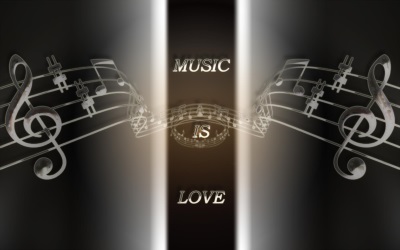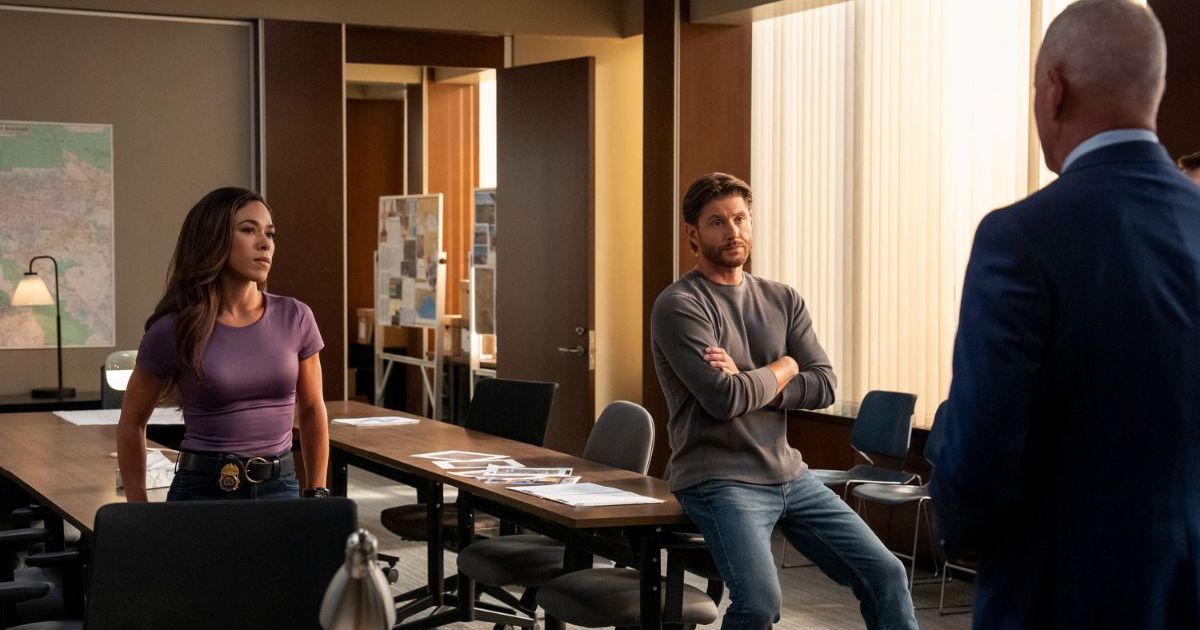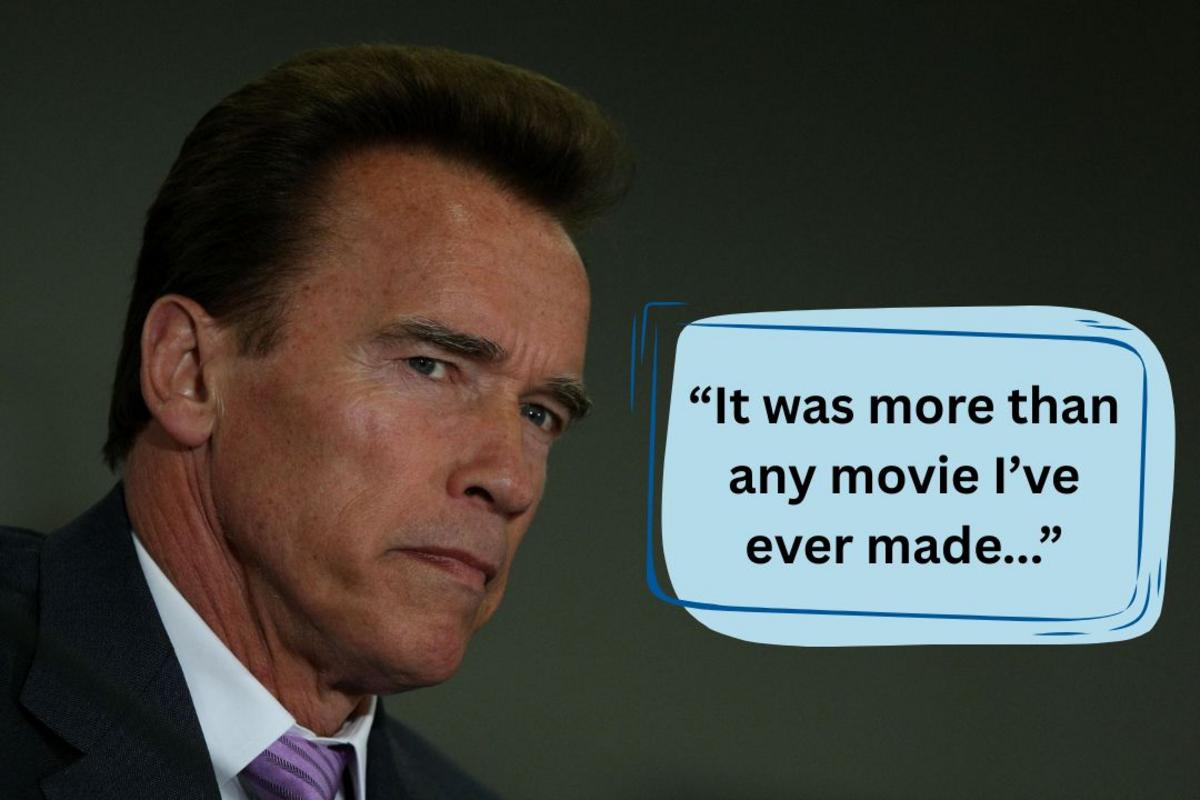If you’ve ever seen a Quebecois film with no subtitles, chances are you picked up more on tones than words. It’s not because joual—the local working-class dialect—is a variant of French. It’s a social code built from centuries of tension between cultural preservation and assimilation. In films such as “Bon Cop, Bad Cop” (2006) and “Mommy” (2014), joual isn’t used as a garnish to dialogue; it’s a means to define relationships, stakes, and even character arcs.
In an interview, director Xavier Dolan said English wouldn’t work for Mommy because “the characters breathe in joual.” You hear this in moments of confrontation and of vulnerability—the cadences are fast, the slang visceral and every expletive tied to Catholic imagery. It’s not neutral French; it’s localised, it’s layered with meaning and it’s often political.
Music as Cultural Signal: From Folk Ballads to Electro-Pop
In Quebec films, music often says the unsaid. It situates characters in time, in movements, and in family history. It is striking to take Jean-Marc Vallée’s “C.R.A.Z.Y.” (2005) as one example. The soundtrack of the film, with tracks by Pink Floyd, Charles Aznavour, and David Bowie, doesn’t just fill up empty space — it tells the inner life of its protagonist. In a mirror to a cultural discord, English rock music calls out against a conservative Francophone household.
Earlier films relied on chanson québécoise – a music that was deeply political and nationalist in its sentiment. Félix Leclerc and Gilles Vigneault became symbols of Quebec’s cultural autonomy and often their music appeared in films that reflected post-Quiet Revolution identity.
Later productions have been more recent and more minimalist, electro acoustic. Éric West Millette’s sparse textures in “Les êtres chers” (2015) mirror silence and emotional detachment.
Ambient Sound and Silence as Narrative Devices
Silence is a storytelling instrument used by Quebecois directors. Denis Villeneuve’s “Incendies” (2010) will serve as an example. And several key scenes are completely without music. The void is filled with wind, footsteps or distant traffic, instead. These aren’t arbitrary choices. Their emotional weight forces us to sit with discomfort.
The timelines are separated by ambient contrast in “Café de Flore” (2011): Modern Montreal buzzes, 1960s Paris pulses softly. Sound becomes a period marker and an emotion marker.
This idea goes back to cinéma direct, a method in which ambient noise wasn’t cut; it was embraced. There isn’t a gap in Quebec cinéma that is silence. It’s often the narrative.
Subtitling Joual: When Translation Breaks Down
Joual subtitling is something that no algorithm can solve. For example, “mon site de taberna” is full of emotion and religion. You translate it to you jerk and you strip away layers of context. Do translators choose to keep literal meanings or to find cultural equivalents?
“Bon Cop, Bad Cop” played this for its humor by contrasting French and English misunderstandings. Many dramas lose nuance abroad, though. Quebec speech patterns cause the character’s intentions to be missed by audiences who are not familiar with them.
For example, some distributors now commission culturally fluent translators instead of using the generic services, in order to preserve the emotional charge and political texture of dialect rich scripts.
Soundtracks and Social Memory: Scoring History
In Quebec films, soundtracks tend to be archived. “La passion d’Augustine” (2015) is a period piece about a convent school in the 1960s that uses period-accurate music to accent the tensions between tradition and change. Instead, Xavier Dolan’s “Matthias & Maxime” (2019) places Montreal indie tracks into a hyperlocal, modern identity.
Music brings up social memory; songs link scenes to collective emotion. When Quebec audiences hear familiar artists in film, it’s not just background. It’s recognition.
A Brief Timeline: Sound Trends in Quebecois Cinéma
| Decade | Trend | Example Film |
| 1970s | Folk protest music | Les Ordres (1974) |
| 1980s | Synth and ambient experiments | Night Zoo (1987) |
| 2000s | Rock nostalgia, mixed genres | C.R.A.Z.Y. (2005) |
| 2010s | Electro-acoustic minimalism | Les êtres chers (2015) |
| 2020s | Indie-pop, bilingual lyrics | Matthias & Maxime (2019) |
Why Sound Shapes Quebec’s Cinematic Identity
In the Quebec film sound tells us things characters never say. Community and politics are signalled by dialects. Shared histories are recalled by songs. They make us look at ourselves. You don’t need to know French to know when a Quebecois film is personal, it sounds that way.
These are conscious decisions for filmmakers. They’re visceral experiences for audiences. Quebec’s film soundscapes are made of harsh slang, quiet rooms and familiar melodies — textures that aren’t meant to impress. Especially for those who’ve lived them, they’re made to be recognized.
Next time you’re watching a film from Quebec, don’t just read the subtitles. Listen carefully. That’s where the story is.




